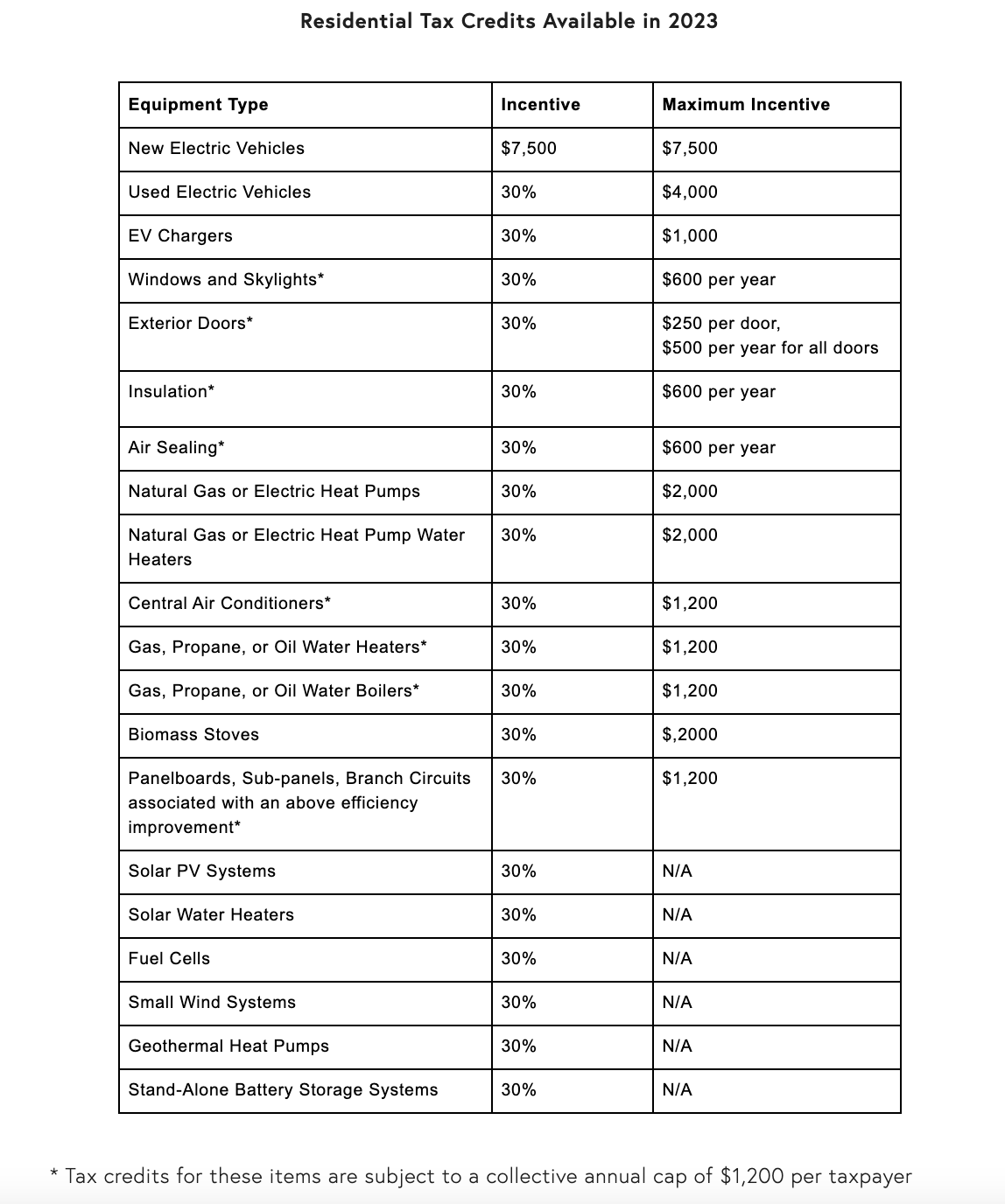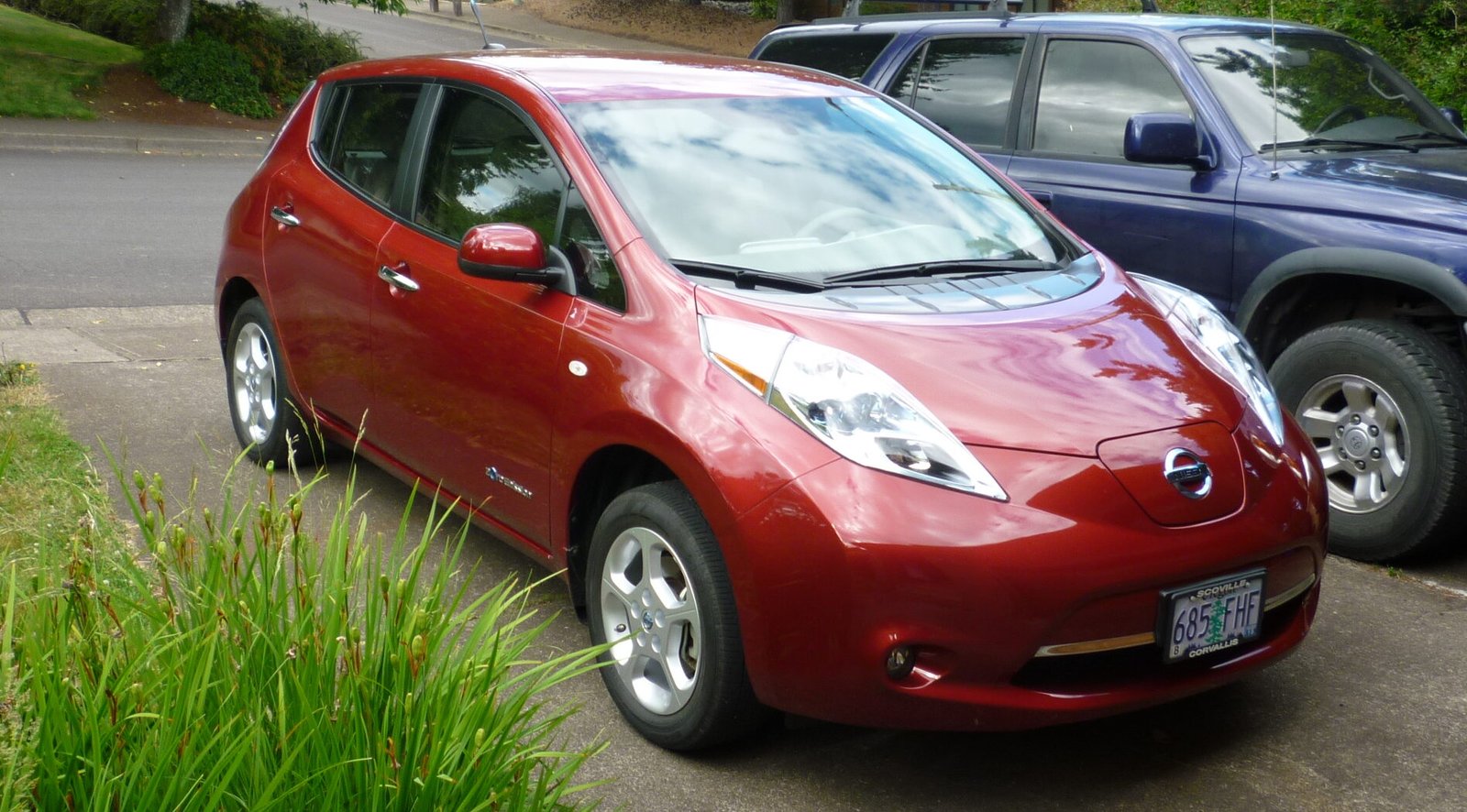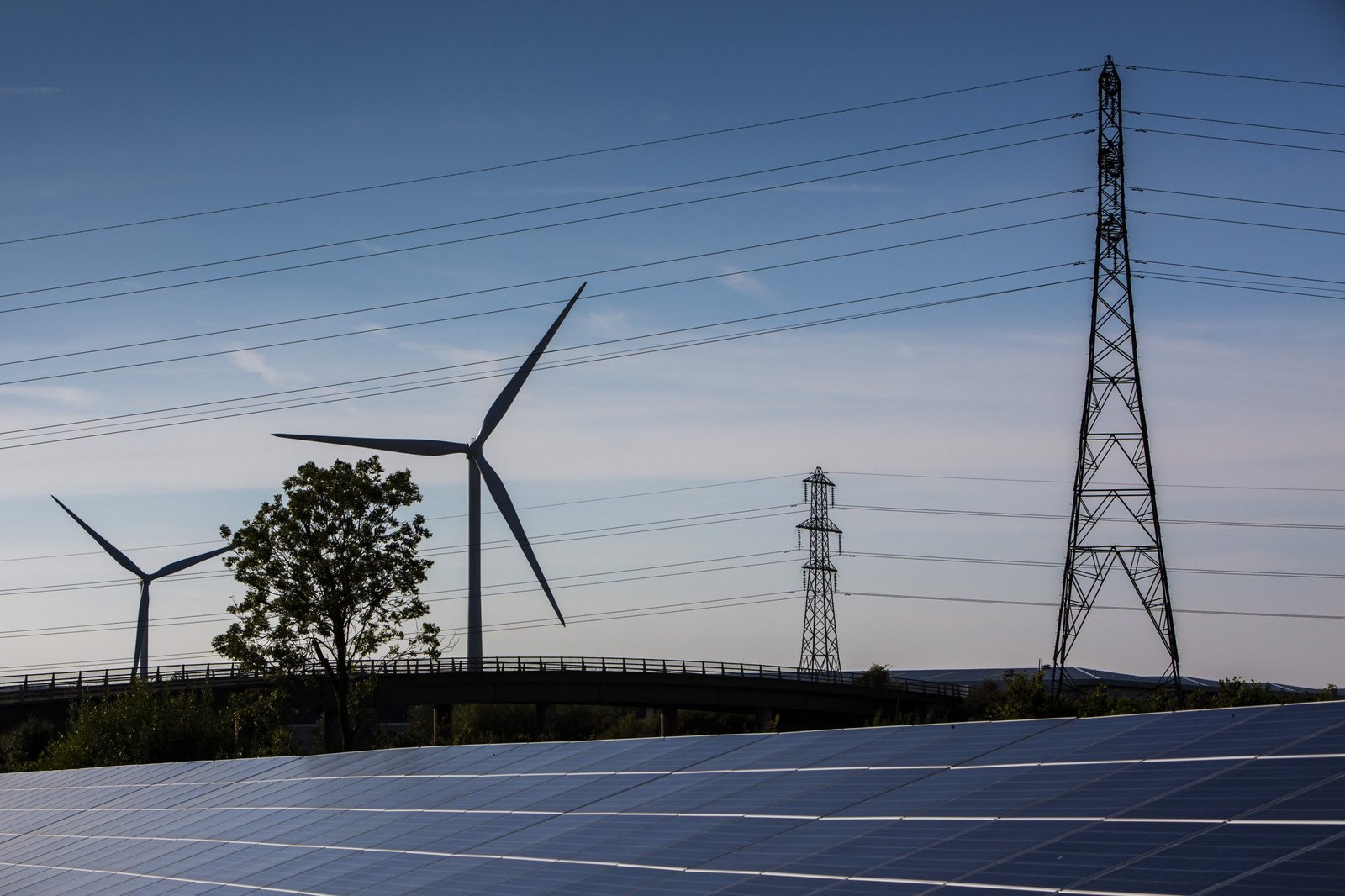I bid you farewell, and what’s next
There are many extraordinary people who are going to continue to lead the fight to protect our climate in the coming years. While I will remain involved in this work, it’s time for me to close Power Up for Climate Solutions. It became clear to me some months ago that the world, physically, biologically, socially, culturally, technologically and politically has changed so much in the last few years that the part I was endeavoring to play in promoting climate action had become outdated. The US election results provided the final confirmation that it’s time for a new direction. I thank you for joining me in my efforts to share ideas, tools and inspiration to take action on climate. Going forward, I invite you to follow my new blog at wiseonearth.com to see what I’m getting up to.
I will leave you with a few thoughts. I claim no special grasp of our predicament except that afforded by time and experience. I’ve been worried about climate change for at least 35 years. For the past 20 years, climate writing and advocacy have dominated my work life. In this time, our situation has changed in profound ways, opening up both extraordinary opportunities and extraordinary threats. Although no one can see the future, I can tell you what I see, and how I plan to respond going forward.
In 2013, when I got involved with climate advocacy, there was only one grassroots organization active where I live focused on climate. Journalists were still being taken in by fossil-fuel funded disinformation efforts, and climate scientists were being harassed, maligned, and attacked for simply for trying to do good science. A very sizable chunk of the American population, never a terribly scientifically literate people, were confused, disengaged, uninformed, or fully deceived about the facts. Clean energy technologies were so expensive that they were not a viable alternative to fossil fuels in most situations. No global climate agreement had been ratified by the world’s nations, and no major climate laws had been enacted in the U.S.
Today, all these things have changed. We now have more public acknowledgement of the threat, better and cheaper technology, and some real climate policy wins. There’s also been a huge blossoming of organizations and individuals doing great climate work. The niche I was trying to help fill providing ways to take simple climate actions is now quite crowded, in the best possible sense. I think it’s fair to say that the clean energy transition has begun.
However, climate scientists are more and more convinced that we are entering an era of worsening climate-change fueled disasters and increasingly deadly harms. The party taking power in the US is communicating it’s intent to reverse progress on climate. We are missing the window we had to contain greenhouse gas concentrations to levels consistent with a stable climate, successful agriculture, and stable ocean, wind, and ice patterns. The US election results will likely slow progress on a clean energy transition both nationally and internationally.
So, although the future is unknowable, here is how our situation appears to me: I don’t see a pathway for avoiding devastating climate harms in the coming decades. Greenhouse gas levels are still rising. We have started transitioning toward clean energy, but in the US and globally, it appears that progress will slow instead of speed up in the next few years.
Therefore, going forward, I’ll be shifting my efforts to focus on strengthening local systems to better weather the coming storms. I’m beginning to look for ways to help build and strengthen resilience in Corvallis and the Willamette Valley. In his new novel Sun House, David James Duncan refers to this as lifeboat work, and I am drawn to the image of community lifeboats to help us weather an uncertain and destabilizing future. This includes continuing to shift toward clean energy, re-localization efforts, community building, reducing consumption and waste, and emergency preparedness. I will also be looking for opportunities to support climate solutions at the local and state level, and to counter hate, xenophobia, and fascism.
Thank you again for your support, interest, and participation in the Power Up for Climate Solutions experiment. I am deeply grateful to you for joining me in this effort. If you’d like to follow my writing going forward, I will be blogging at wiseonearth.com, where I plan to share what I learn as I dive into lifeboat work. And if you have thoughts, ideas, or questions about resilience work, I’d love to hear from you!

Why you haven’t been hearing from me lately
My dear blog readers, I’m sorry I’ve been communicating so infrequently in recent months. I think I owe you an explanation.
It’s not that there is no climate news to share — haha, wouldn’t that be a nice change? It’s not because of any big drama in my life or at Power Up for Climate Solutions. I think a biggest reason I’ve been struggling to compose communications is the dramatic explosion in the quality and quantity of climate communicators, analysts, and activists in the 5 years since we founded Power Up for Climate Solutions. I find myself awed by many of the climate resources being produced today; I also feel uncertain about what I can add that’s unique and valuable.
This is a really great problem to have. Since 2018, we’ve seen a dramatic, heart-warming blossoming of the climate movement. Individuals and organizations have emerged, and they are doing great work and producing great content. New voices, organizations, podcasts, newsletters, and resources of all kinds are available, and established organizations like Natural Resources Defense Council and Union of Concerned Scientists are producing top notch climate analysis and actions as well. I’m incredibly happy about this, yet I find myself questioning what to post on this blog. So I thought I’d start something new: simply connecting you to my favorite people, resources and organizations.
I’ll start by recommending two:
“Talking Climate” is a weekly newsletter from climate scientist and communicator Dr. Kathrine Hayhoe. It began about 10 months ago, and all issues are accessible on LinkedIn; what I love about it is that each issue includes good news, bad news, and ideas for something you can do. It’s short enough to read in just a few minutes, and of course it’s free. You can find it and subscribe to it on LinkedIn.
Rewiring America is an organization founded to help America electrify everything. They have an extraordinary array of resources to help you learn about electrification and its crucial role in decarbonizing. They also have tons of tools to help you electrify your home and car, and reports on all aspects of electrification. Start by going to their Electrification Planner or use their IRA savings calculator to learn how much money you can get with the Inflation Reduction Act incentives. Or just go to their website and look around–it’s pretty impressive!
I hope you enjoy checking these out. Taking a little time each week or each month to learn about climate solutions is a great way to begin taking action. And if you have any favorite climate communicators or climate resources, please write back and tell me about them!
It’s go time for electric vehicles
We humans are terrible at seeing what’s coming, even when the signals are visible. So I’m here to give you some straight talk about electric vehicles (EVs): the transition to electric transportation is underway, and it’s time to jump on! Yes, there is some chaos and misinformation clouding the big picture on this. But for nearly everyone driving a gas car, choosing an EV for your next car purchase is within reach and will save you money and make you happier. And as a bonus, EVs will help us get off fossil fuels, reduce air pollution, and fight climate change.
I realize you may need some convincing. Just last week, I saw at least three false or misleading news stories suggesting that EVs are dangerous, bad for the climate, or doomed. Yet consider this: according to the International Energy Agency, 14% of new cars sold worldwide in 2022 were electric and sales are growing exponentially. Each year EVs have been getting better and cheaper, with more models, longer ranges, and a greater variety of options. The cost of fueling and maintaining an EV is much lower than for a gas car, and EVs are better for the climate than gas cars in every US state, even those without much clean electricity in their grids. One of the biggest underappreciated reasons to go electric is that from this day on, as EVs take over, fueling, maintaining, buying and selling EVs will get easier, and gas cars will become a burden, and may loose their value.
Here are four key things to know when considering your next car purchase:
EV sales are rising quickly and are reaching a tipping point in the U.S. In 2022, 5.7% of US car sales were fully electric, a 65% increase from 2021. By the 3rd quarter of 2023, 7.9% of new cars sold in the U.S. were EVs. These trends, along with the generous EV tax incentives enacted in 2022 in the Inflation Reduction Act, indicate the beginning of exponential growth of EV sales: If these trends continue, EVs will dominate new car sales in the U.S. by 2030, just seven years away.
As EVs become more abundant on our roads, prices and choices will improve, infrastructure to drive, fuel, maintain, repair, and re-sell them will become more accessible, and the opposite trends will occur for gas cars. Recognizing this now can save you from choosing a car that will become obsolete.
The benefits of going electric are underestimated. Every person I know who has gotten an EV in the last few years is extremely happy, and would not go back to gas. EVs are quiet, fast, powerful, cheaper to run, fun to drive, and better for the climate. Getting used to charging and learning your battery range are adjustments, but you are probably overestimating these issues, and underestimating how great it is to be freed from buying gas and paying for maintenance and repairs for an internal combustion engine. (I suggest choosing an EV that has a range of 250 miles or more.) According to an analysis by Consumer Reports, EV owners spend–on average–approximately 60% less on fuel than gas car owners, and half as much on maintenance and repairs.
Fears about battery life, reliability, and climate benefits have been stoked by fossil fuel interests who have spread disinformation to try to prevent the rapid transition to EVs. Very few–if any–of these alarming headlines stand up to careful scrutiny.
What to know about the cost of buying an EV: With EV prices falling and options expanding, a new, used, or leased EV is now within reach for many—possibly most– families. There is, however, a bit of chaos in the U.S. EV market right now, precipitated by the EV incentives passed as part of the the Inflation Reduction Act.
The law provides generous tax credits for buying EVs (both new and used). To qualify for credits, new EVs must meet domestic battery sourcing requirements. (These incentives are also income restricted, so are not available to the wealthiest Americans.) As a result, buyers and manufacturers have been scrambling to meet the requirements, and the IRS and Treasury Department have been scrambling to determine which EVs qualify. In addition, some states have additional incentives, so depending on where you live, your income level, and the EV you choose, your purchase price could lowered by up to $10,000.
There are several ways to determine which EVs qualify for these tax credits. One option is to go to the US Department of Energy’s website with the updated list of new and used EVs that qualify, as well as information about how to claim the credits. A second really great resource is Electric For All, where you can enter your location and discover all the EVs available and which tax credits (including state credits) are accessible to you. There are also credits up to $4000 to buy used EVs, and $7500 tax credits available to leasing companies to lower the cost of leasing an EV.
Leading EV makers, including Chevy, Hyundai, VW, Tesla, Ford, Nissan, and Volvo, are furiously working to build domestic supply chains for their batteries so buyers can get the tax incentives. The Department of Energy website and Electric For All are updated frequently and more and more models should be added over coming months.
Doing well by doing good: EVs really are a win-win. Today’s leading EVs are quiet, fast, powerful, much cheaper to run and maintain, super fun to drive, and protect owners from gas price shocks.
At the same time, they are a critical climate solution. The transportation sector is the largest source of CO2 emissions in the U.S., responsible for 2/5ths of domestic fossil fuel emissions. EVs have lower emissions than gas cars in every state, and as the percentage of clean electricity grows the climate advantage of driving electric will only increase. If you currently drive a gas powered car, one of the most effective personal climate actions you can take is commit to switching to an EV the next time you need to buy a car. You’re gonna love it!

P.S. I realize this is a long post, but even so, I left out some important information so as not to make it even longer! Below links to three things I didn’t talk about:
- Plug-in hybrid electric vehicles (PHEVs)
- The coming advantage of using your EV as a back-up power source during power outages.
- The large public and private investments in charging stations that will transform the US car travel landscape in the coming years.
USE THIS BUTTON TO TAKE AN EASY CLIMATE ACTION!
The Union of Concerned Scientists (UCS) has been one of my favorite sources of accurate, useful climate information for many years. I recently discovered that they have a CLIMATE ACTION BUTTON that you can click on any time to take a simple climate action. I invite you to check it out right now:
THE CLIMATE ACTION BUTTONHere are a few of the reasons this is such a great thing to do: the actions UCS posts are updated frequently, and include actions that take only a minute as well as actions if you have a bit more time. Each action includes a brief explanation of why it matters. You can stay off of their mailing list if you wish simply by un-clicking the boxes at the bottom of the action. I hope you try it!
The mostly overlooked, truly remarkable thing to celebrate
Most Americans are in a dark mood right now. Majorities say they believe the country is in decline, and I get it. The headlines are awful, providing a steady stream of stories about crises and horrors and threats. I am careful to limit my exposure to news so I don’t become overwhelmed. And yet, something miraculous and truly hopeful is happening and mostly going un-noticed: We’re at the beginning of a turn-around in US climate action that a year ago was unimaginable.
What am I talking about? First, there was the unexpected passage of the Inflation Reduction Act in August 2022. The new law is filled with incentives for individuals, businesses, and states to build and use green energy technologies. Immediately after it’s passage, businesses began announcing plans for big investments in clean energy across the U.S. Car and battery makers, the solar and wind industries, states and individuals started changing their plans to take advantage of what’s in the new law, and the prospects for rapid decarbonization brightened pretty much overnight.
Then in late 2022, the Biden administration released rules aimed at cutting hydrofluorocarbons and methane, two extremely potent greenhouse gases. This news, though barely reported at all, indicated serious efforts are underway to get at two separate categories of potent emissions.
Then, just last month, the EPA proposed the strongest-ever emissions rules for cars and trucks. Transportation is the single largest source of carbon pollution in the U.S, and these rules, if adopted as drafted, will dramatically speed the transition to zero-emissions transportation. The proposed rules would ensure that two-thirds of new cars and one-fourth of new heavy trucks sold in the US would be all electric by 2032—nine years from now!
Finally, this month the EPA released proposed regulations for tackling emissions from power plants. Tackling power plant carbon pollution is critical for containing the climate crisis, because carbon-free electric power is a pre-requisite for eliminating pollution from buildings, vehicles, and industry.
The proposal gives the power industry time and multiple options for cutting their greenhouse gas emissions, and is designed to withstand inevitable legal challenges. A preliminary analysis found that the EPA’s proposal would help the US power sector achieve an 82% reduction in power sector carbon pollution by 2040.
Individually, each of these steps would represent progress. Taken together, they are remarkable. There are a million things to worry about, and many ways the new climate law and proposed rules could be weakened, blocked, or reversed. We have not yet stopped drilling or exporting fossil fuels, which is also a necessity. Yet it is miraculous that we now have a chance, if all goes really well, to become the first major emitter in the world to get on track to meet our Paris Climate Agreement commitment. Now we can focus on making that possibility a reality.
USE THE NEW CLIMATE LAW TO DECARBONIZE!
In August, 2022, President Biden signed the biggest climate law in U.S. history–the Inflation Reduction Act (IRA). Incentives in this law will make electrifying and decarbonizing your household a lot cheaper. REWIRING AMERICA has created a savings calculator which shows how you can use the new climate law to electrify, shift to clean energy, and make your home more energy-efficient. (This action will take less than 5 minutes!)
Use Savings Calculator to find your clean energy incentives!
USE CALCULATORWhy this action is important: The IRA’s provisions are aimed at speeding the U.S. clean energy transition, lowering household energy costs, saving lives, and creating good-paying jobs. The incentives are available through a variety of pathways, with some immediately accessible, and some coming on line as regulations are written and states set up implementation. You are or will soon be eligible for incentives for such products as solar panels, electric vehicles, battery back-up power, electric appliances, energy-saving products, and more. Some incentives benefit renters, some focus on lower income households, and some are available now. To use the incentives, which have been designed to save you money, lower your carbon footprint, and improve your health and comfort, you have to know about them!
Clean energy has a tipping point, and 87 countries have reached it
Tom Randall – Bloomberg Green, 10/18/22
How fast is the world switching to renewables? 87 countries now draw at least 5% of their electricity from renewables. The U.S hit 5% in 2011 and surged past 20% renewable electricity last year. Bloomberg Green has identified tipping points for 10 clean-energy technologies, and analyzed which countries have crossed these thresholds and how quickly their markets have expanded once they were reached.
READ FULL ARTICLE
The many incentives for homeowners in the Inflation Reduction Act
Brian Lips – DSIREinsight 8/29/22
The Inflation Reduction Act represents the largest ever investment by the federal government in renewable energy, energy efficiency, and EVs. This article focuses on the provisions of the bill that target the residential sector. The many incentives for homeowners in the Inflation Reduction Act includes a variety of tax credits that can help homeowners decarbonize, electrify, and save money, as shown in the table below. (Additional incentive programs will also be made available through state energy offices using targeted appropriations from the bill.) To learn more, click on the button for a link to the full article.
READ FULL ARTICLE
Rewiring America’s Inflation Reduction Act Tools
Rewiring America has been at the forefront of developing tools and information on the Inflation Reduction Act’s provisions and how to use them to decarbonize and electrify. Here they are:
Rewiring America Savings Calculator
This tool is designed to let you fill in some information and calculate which provisions of the IRA apply to you and how you can save money to decarbonize.
Go Electric! Guide to the IRA. Everything you need to know to start your IRA-supported electric journey including case studies and a personal plan page.
Electric Potential maps and fact sheets for your state and congressional district. Enter your location to learn the IRA community and household benefits as well as updated energy bill savings estimates based on current fuel prices to help you understand how much your community stands to benefit from electrification.
Rewiring America’s IRA Disadvantaged Communities Provisions Report explains the $60 billion of investments for disadvantaged communities in the IRA.
Better late than never! My thoughts on the Inflation Reduction Act
Ever since August 16th, when President Biden signed the biggest climate bill in U.S. history into law, I’ve been considering what to say. So let me start with this: I’m amazed, grateful, and relieved. Why did it take me so long to post this? I was so stunned by this bill’s unlikely passage, and by how much major climate policy is contained in it, that it took me some time to digest this turn of events. I’ve spent ten years working for the passage of a national climate law of this scope and scale. I needed a moment to absorb this success, however imperfect. Then there’s the challenge of trying to summarize this bill–all 273 pages of it. How do I write something that does this moment justice?
You may know that I had given up. I wrote on this blog in January that “the odds of major climate policy being enacted by Congress in 2022 appear minuscule.” It feels like a miracle that the climate policies in this law somehow came back from the dead, like Wesley in the Princess Bride. (The climate provisions of the Inflation Reduction Act (IRA), crafted through years of collaboration, planning, persuasion, and compromise, were declared dead earlier this summer when Senator Manchin said he would not support them.)
Much has been written about how this bill was resurrected, and the concessions that were made. The fact remains that the IRA contains the largest and most consequential measures–by far–to reduce U.S. climate pollution in our country’s history. I am grateful to every person who worked for climate action, went to meetings, lobbied, protested, contacted their elected officials; each of us contributed to the passage of this law. I believe it marks the beginning of serious climate action by the U.S. government.
I’m guessing you may not realize the size of this win for the climate. I think we in the climate movement are so inexperienced with success that we don’t know how to respond when we make real progress. I know some climate activists are disappointed or angry at the concessions that were made, and I understand. But if you’re alarmed about the climate crisis, I suggest you take a moment to savor the potentially transformative impacts of this law.
Robinson Meyer writing for The Atlantic put it this way:
“On Tuesday, President Joe Biden signed the Inflation Reduction Act into law. It is no exaggeration to say that his signature immediately severed the history of climate change in America into two eras. Before the IRA, climate campaigners spent decades trying and failing to get a climate bill through the Senate. After it, the federal government will spend $374 billion on clean energy and climate resilience over the next 10 years. The bill is estimated to reduce the country’s greenhouse-gas emissions by about 40 percent below their all-time high, getting the country two-thirds of the way to meeting its 2030 goal under the Paris Agreement.”
I won’t try to provide all the details of the law–there are just too many. A few of the highest impact climate incentives in the law include:
–Extension of production and investment tax credits for clean electricity projects for 10 years
–Tax credits and incentives for EV purchases, including used EVs
–Tax credits for installing heat pumps, rebates for home retrofits, and financing for electrification of buildings
Other provisions include a fee for methane leakage, tax credits for carbon sequestration, and funding for environmental justice for disadvantaged communities, a green bank, climate-friendly agriculture, forestry, and conservation programs.
If you want to dig deeper into all that the IRA does, I have several suggested sources. Energy expert Dana Nuccitelli summarizes how the law’s provisions are expected to produce emissions reductions in Yale Climate Connections. The New York Times provides a good overview of the law’s provisions and impacts as well. If you prefer videos, Hank Green does a great job summarizing what the law does in this 22 minute YouTube “The Biggest Climate Bill of Your Life – But What Does it DO!?
Climate experts agree this law will matter, but the size of it’s impact will depend on how it’s enacted, and how people and businesses respond. I’m excited to say that I’ve created a page on our website and have begun gathering resources and information there on how the IRA can be leveraged to decarbonize your home, car, community, and state. The page will continue to expand for you to use and share.
Meanwhile, I hope you are taking a moment to celebrate, as I am. Next I’ll begin exploring what provisions in the law can help you contribute to a healthier, safer, more just and livable future.







